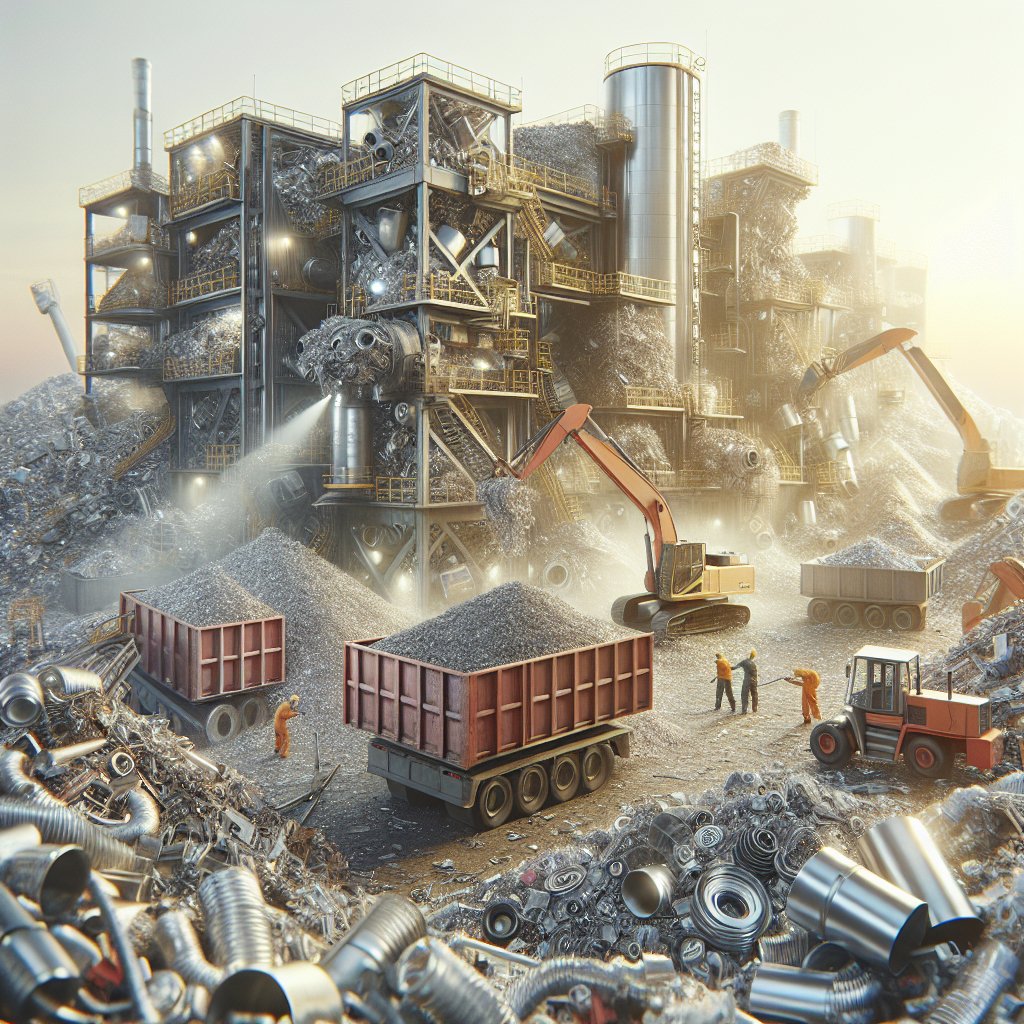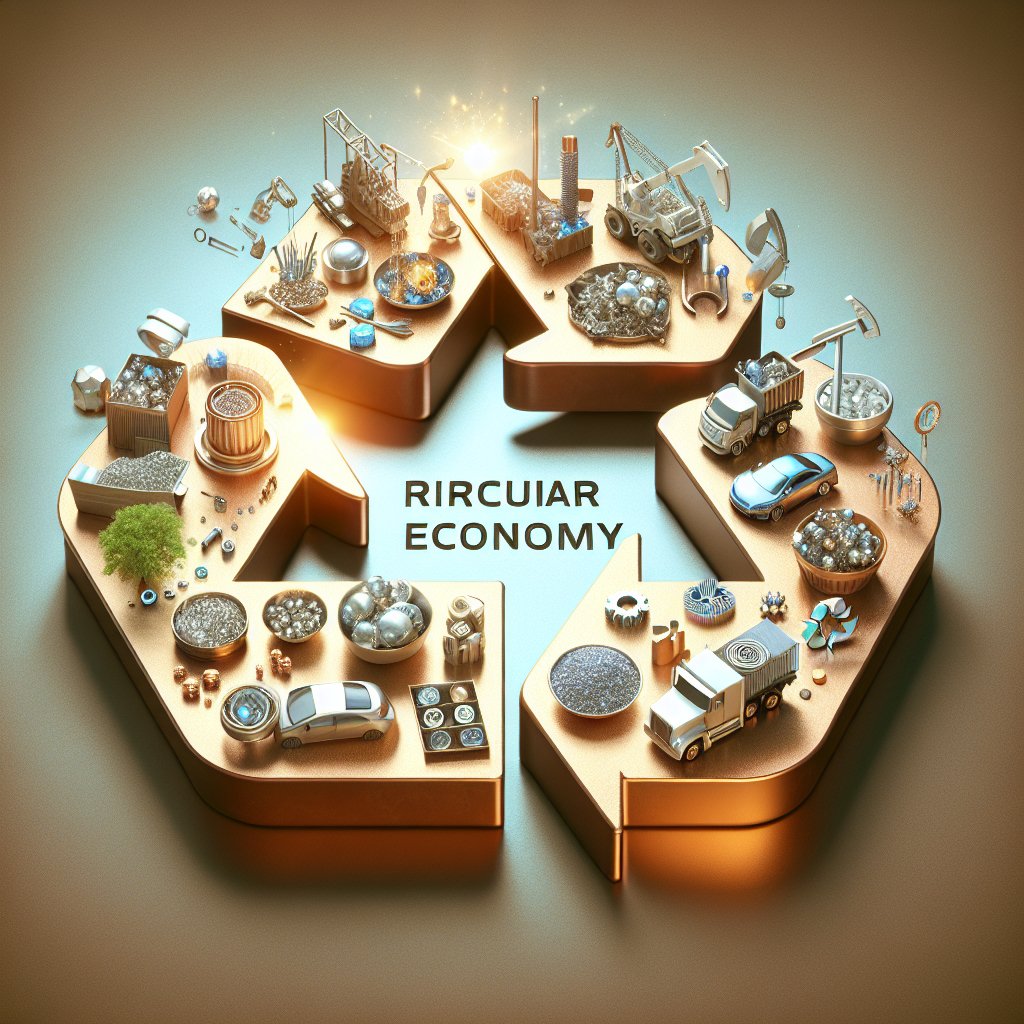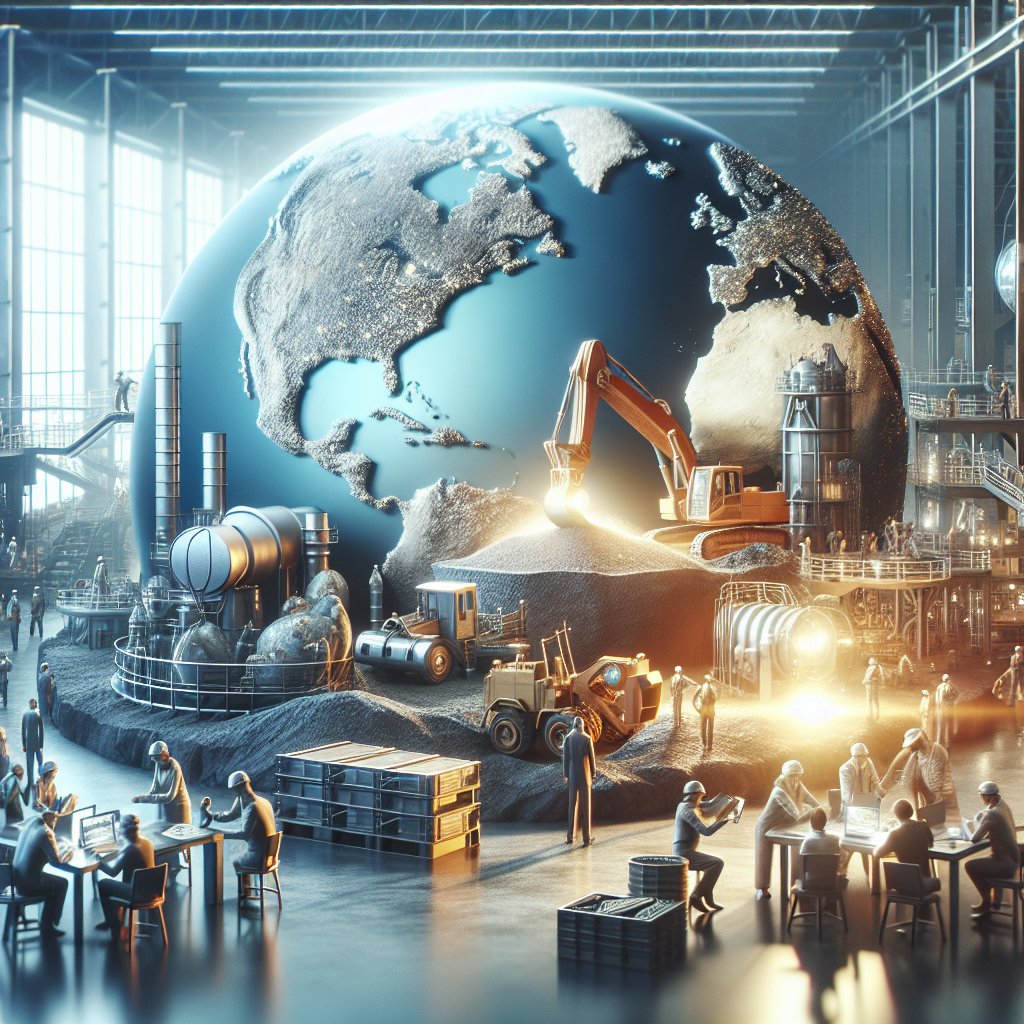The role of rare metals in global supply chain resilience has become increasingly significant as industries worldwide grapple with the challenges of resource scarcity and geopolitical tensions. These metals, often found in limited quantities and specific geographic locations, are crucial for the production of advanced technologies and sustainable energy solutions. As the demand for these technologies grows, so does the importance of securing a stable and resilient supply chain for rare metals.
The Importance of Rare Metals in Modern Technology
Rare metals, including elements such as lithium, cobalt, and rare earth elements (REEs), are indispensable in the manufacturing of modern technologies. These metals are integral to the production of batteries, electronics, and renewable energy systems. For instance, lithium and cobalt are essential components of lithium-ion batteries, which power everything from smartphones to electric vehicles. Similarly, rare earth elements are critical in the production of high-performance magnets used in wind turbines and electric motors.
The unique properties of these metals, such as high conductivity, magnetic strength, and heat resistance, make them irreplaceable in many applications. As a result, the demand for rare metals has surged in recent years, driven by the rapid growth of the technology sector and the global push towards sustainable energy solutions. This increasing demand underscores the need for a resilient supply chain that can withstand disruptions and ensure a steady flow of these critical materials.
Moreover, the strategic importance of rare metals extends beyond their industrial applications. They are also vital for national security, as they are used in the production of advanced defense systems and aerospace technologies. This dual significance—economic and strategic—highlights the critical role that rare metals play in maintaining global supply chain resilience.
Challenges in the Global Supply Chain for Rare Metals
The global supply chain for rare metals faces several challenges that threaten its resilience. One of the primary issues is the concentration of rare metal production in a few countries. For example, China dominates the production of rare earth elements, accounting for over 80% of the global supply. This concentration creates vulnerabilities, as geopolitical tensions or trade disputes can lead to supply disruptions.
Additionally, the extraction and processing of rare metals are often associated with significant environmental and social impacts. Mining operations can lead to habitat destruction, water pollution, and human rights violations. These concerns have prompted calls for more sustainable and ethical sourcing practices, which can further complicate the supply chain.
Another challenge is the limited availability of rare metals. Many of these elements are found in low concentrations and require complex extraction processes, making them difficult and costly to obtain. As demand continues to rise, the pressure on existing resources intensifies, leading to potential shortages and price volatility.
To address these challenges, stakeholders across the supply chain must collaborate to develop strategies that enhance resilience. This includes diversifying sources of rare metals, investing in recycling and recovery technologies, and promoting sustainable mining practices. By taking a proactive approach, industries can mitigate risks and ensure a stable supply of these critical materials.
Strategies for Enhancing Supply Chain Resilience
Enhancing the resilience of the global supply chain for rare metals requires a multifaceted approach that involves governments, industries, and research institutions. One key strategy is the diversification of supply sources. By identifying and developing new mining sites outside of traditional production regions, countries can reduce their dependence on a single supplier and mitigate the risk of supply disruptions.
Recycling and recovery of rare metals from end-of-life products also offer significant potential for enhancing supply chain resilience. Advances in recycling technologies can enable the efficient extraction of rare metals from electronic waste, reducing the need for primary mining and decreasing environmental impacts. Governments and industries can support these efforts by implementing policies that promote recycling and the circular economy.
Investing in research and development is another critical strategy. By exploring alternative materials and improving extraction and processing techniques, industries can reduce their reliance on scarce rare metals and enhance the efficiency of their use. Collaborative research initiatives can also lead to breakthroughs in sustainable mining practices, further strengthening the supply chain.
Finally, international cooperation is essential for addressing the global challenges associated with rare metals. By fostering dialogue and collaboration among producing and consuming countries, stakeholders can develop shared solutions that promote transparency, sustainability, and resilience in the supply chain. Through these collective efforts, the global community can ensure a stable and secure supply of rare metals, supporting the continued growth and innovation of modern technologies.












